#benthic invertebrates
Explore tagged Tumblr posts
Photo
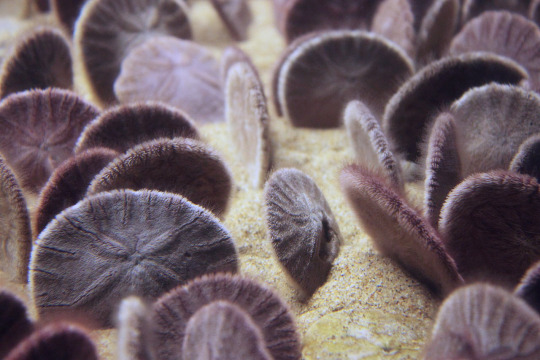
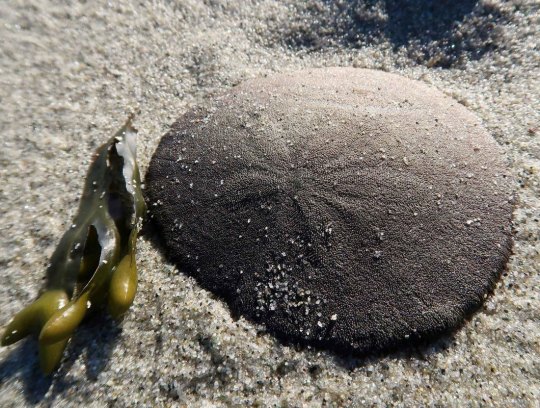
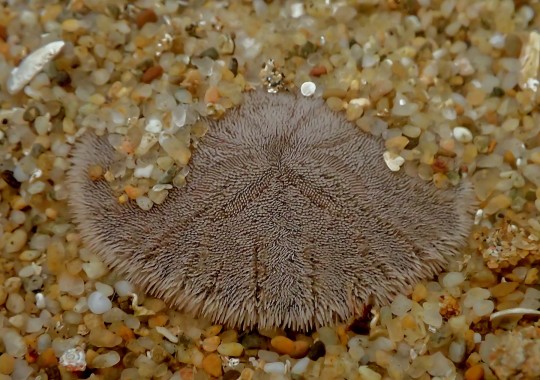
Another Day, Another Pacific Sand Dollar
The eccentric sand dollar, aka the sea-cake, biscuit-urchin, western sand dollar, or Pacific sand dollar (Dendraster excentricus), are found in the intertidal zone and near-shore sandy bottoms from Alaska, US to Baja California, Mexico.They are the only sand dollars endemic to the Pacific Northwest, though they share the rest of their range with other species. Live individuals are seen either partially buried upright or lying flat on the ocean floor, depending on the strength of the current. To prevent themselves from being swept away, juveniles will also ingest sand to weigh themselves down. Although they are not social, they can form large colonies with as many as 6 sand dollars in a square m (1 sq yd).
Pacific sand dollars are named for their resemblance to silver dollars, especially the bleached exoskeletons that commonly wash up on beaches. Most adults average about 8 cm (3 in) across, though individuals as big as 10 cm (4 in) have been found. The body is a flat disc coated in small, purple tube-like feet and sensory organelles called cilia. The feet are used both for moving across the ocean floor and for pulling oxygen from the water. The mouth and anus-- a single opening-- are located on the sand dollar’s underside. Inside the mouth are five teeth and jaw plates known as doves; together they form a structure known as Aristotle’s lantern, which is unique to echinoderms like sand dollars and sea stars.
D. excentricus is a suspension feeder, using its feet and cilia to pull food from the water or direct it along special groves on the body’s underside. Their main prey are microscopic larvae, copepods, diatoms, algae, plankton, and detritus. The sea-cake is predated upon by a number of sea stars and fish, as well as crabs and sea gulls. To avoid being eaten, adults bury themselves in the sand and larvae will duplicate themselves via a process known as budding and fission, which creates smaller individuals that can distract potential predators.
Although western sand dollars have seperate sexes, they are broadcast spawners. In late spring or early summer, males and females congregate and release gametes into the water where they become fertilized. Larvae, also known as prisms, hatch just a day later. This larvae floats freely through the water, growing arms and metamorphosing into a echinopluteus larva. Once they reach 8 arms, the larva begins to develop an exoskeleton or echinus, and resembles a small adult. The final stage of growth is triggered by chemical cues released by other adults; after this, individuals become sexually mature and settle on the ocean with other sand dollars. In the wild, adults can live up to 13 years.
Conservation status: Although the IUCN has not evaluated the Pacific sand dollar, they are regularly threatened by ocean acidification, warming, and bottom trawling.
If you like what I do, consider leaving a tip or buying me a ko-fi!
Photos
Chan Siuman
Brian Starzomski
Alison J. Gong
#pacific sand dollar#Clypeasteroida#Dendrasteridae#sand dollars#echinoderms#invertebrates#marine fauna#marine invertebrates#benthic fauna#benthic invertebrates#intertidal zone#intertidal invertebrates#coasts#coastal invertebrates#Pacific Ocean#North America#western north america
376 notes
·
View notes
Text

Being a benthic taxonomist is fun!
#me spending hours trying to identify a single worm- yeah this is a reasonable pace to conduct a phd#marine biology#deep sea#benthic zone#marine invertebrates
9 notes
·
View notes
Text

I rarely go into the tags and I hoard a LOT of posts in my drafts as you can see, so just for shits I've been trying to see if I can actually max out my queue (currently the limit is 1000 total and 50 posts a day).
#i would rather just stay here in our own little ecosystem than interact with non-RPF people who might get pissy about it#i got deleted once idk if it had anything to do with that but i dont want to get nuked again#my biological niche is keeping old posts circulating via the queue like a benthic invertebrate recycling nutrients#original post
5 notes
·
View notes
Text
i see tumblr has discovered the sheepshead wrasse
#please be nicer they are very smart fish#their teeth are for crunchy benthic invertebrates like oysters and sea urchins
3 notes
·
View notes
Text
tragic: local nerd absolutely wrecks their neck while looking at bugs in creek bed, more at 11
#(technically they were benthic invertebrates)#personal spewage#didn't notice it earlier but my neck is. very sore#anyway i stan caddisflies now#freaking cool bugs
5 notes
·
View notes
Text
I’m so scared for tomorrow wtf am I going to do with myself
#if caboose dies I’m actually just going to become an invertebrate and live in the ocean#fuck it. I’m gonna be a benthic worm if that shit happens.#nebula rambles
1 note
·
View note
Text
Fish of the Day
Today's fish of the day is the lake sturgeon!
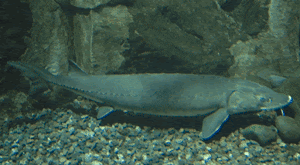
The lake sturgeon, also called the rock sturgeon, and known by scientific name Acipenser fulvescens is one of the best known North American sturgeon species! Found in and around the great lakes, and then across the Mississippi river and Erie canal. Found in 5 differing Canadian provinces and across 24 states stretching from Alabama to Michigan, and as far East as New York. These fish are benthic, spending their time along the bottom of the lake bed, but during spawning these fish will migrate thousands of miles to go back to the stream they were born in.

Like all sturgeon, they are considered living fossils, as sturgeon first appeared in the fossil record upwards of 150 million years ago, with the fish now appearing nearly identical to these ancestors. These fish can get 7 feet or longer, with most being only 4 to 6 feet in length, making them some of the largest sturgeon in North America. Their diet is made up of various invertebrates such as: larvae, small crustaceans, and worms, which they can find along the benthic lake and river beds. The 4 barbels found on these fish have taste buds, which are used to determine what is under their mouth, before they use their prehensile lips to suck up food. When food becomes scarce, these fish are known for migrating for better feeding, which happens semi frequently around the year.

The life cycle of the lake sturgeon is similar to that of most other sturgeons. They begin life as eggs laid in the location their parents were born, in fast paced river streams with lots of flat rocks. The eggs themselves are a bright yellow color, although as the eggs matures this will turn an olive and eventually brown over the course of about 2 weeks. Then they live as larvae only 10mm long, living in and around the dark underside of rocks. After this, as juveniles they will swim to lake environments, where they will spend the majority of their life cycle. These fish can live 55 years long in males and around 150 years for females, with sexual maturity being achieved at an age of around 10 years in males and 30 years in females. Breeding and spawning only happens intermittently every handful of years, and go through around 10 spawning seasons throughout their lifecycle.

For a fun fact to end on for these fish because I'm particularly fond of them, when they reach the stream they will spawn in, these fish are known to porpoise, jumping several feet into the air to end their long journey. That's the lake sturgeon everybody! Have a wonderful day!
#lake sturgeon#rock sturgeon#sturgeon#sturgeons#fish#fish of the day#fishblr#fishposting#aquatic biology#marine biology#freshwater#freshwater fish#animal facts#animal#animals#fishes#informative#education#aquatic#aquatic life#nature#river#ocean
176 notes
·
View notes
Text

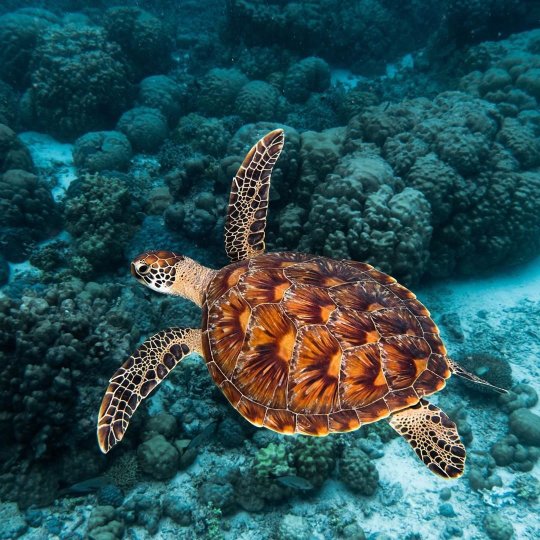
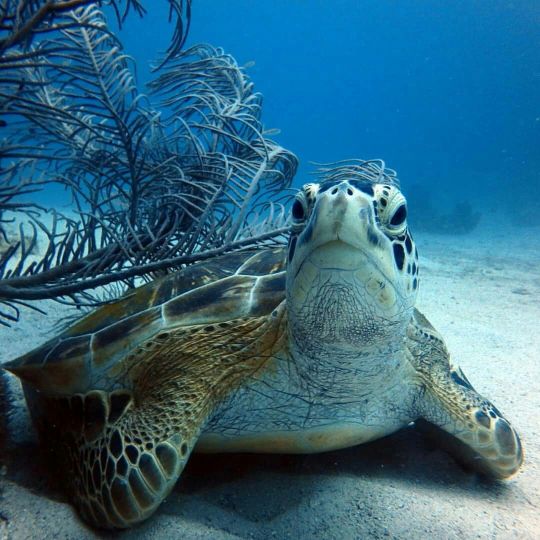
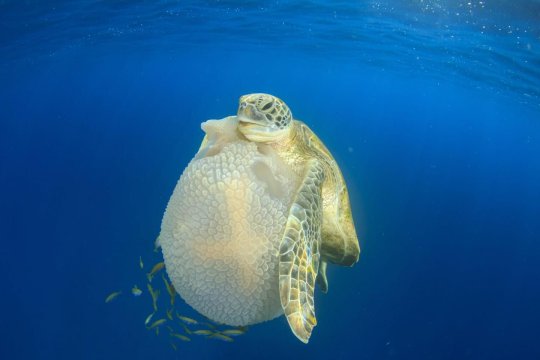
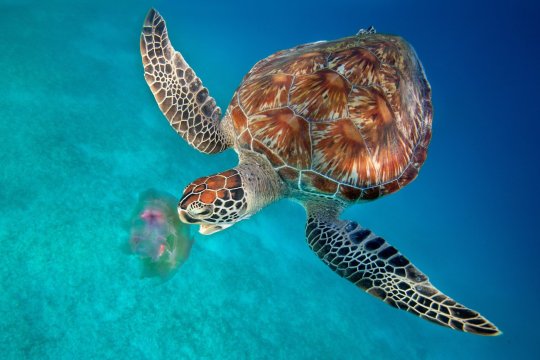
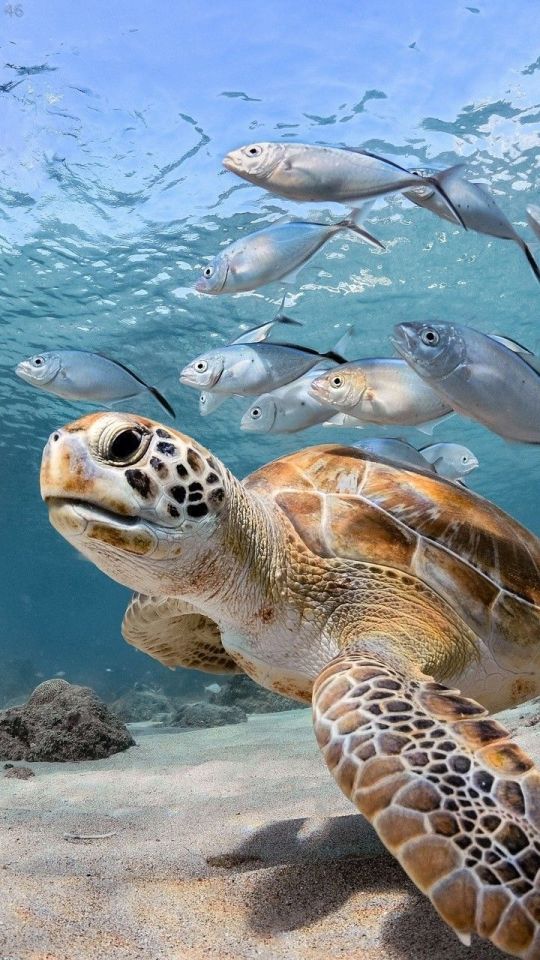

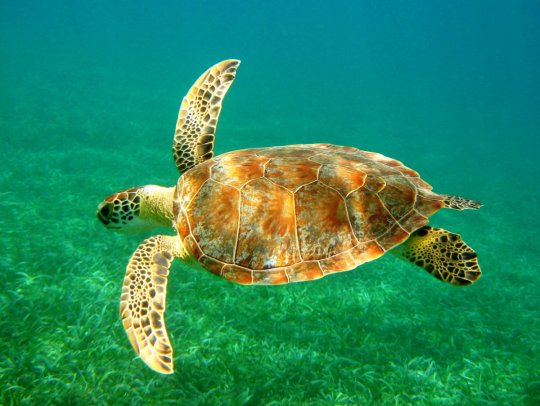
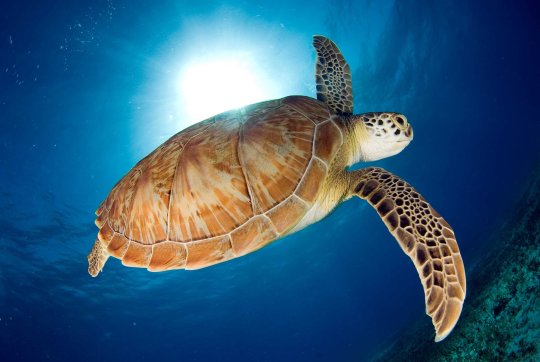
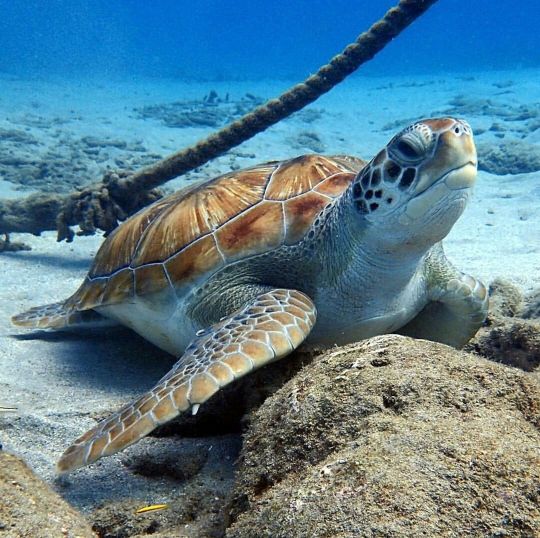
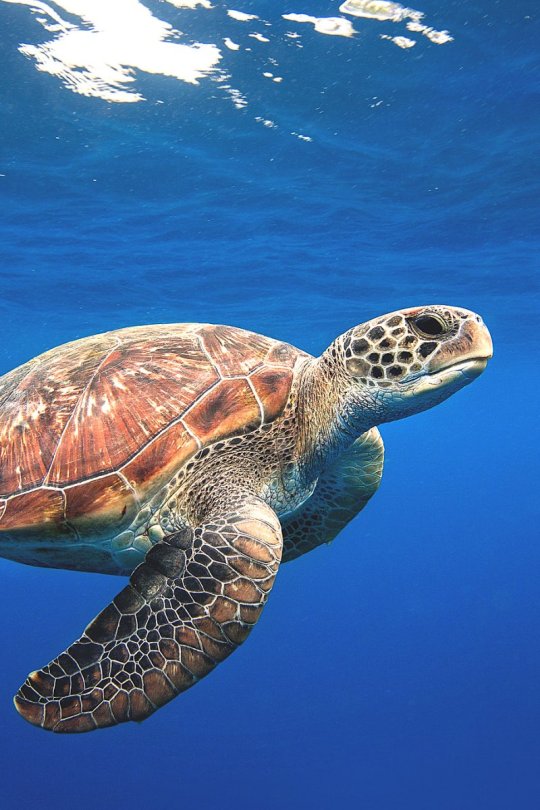
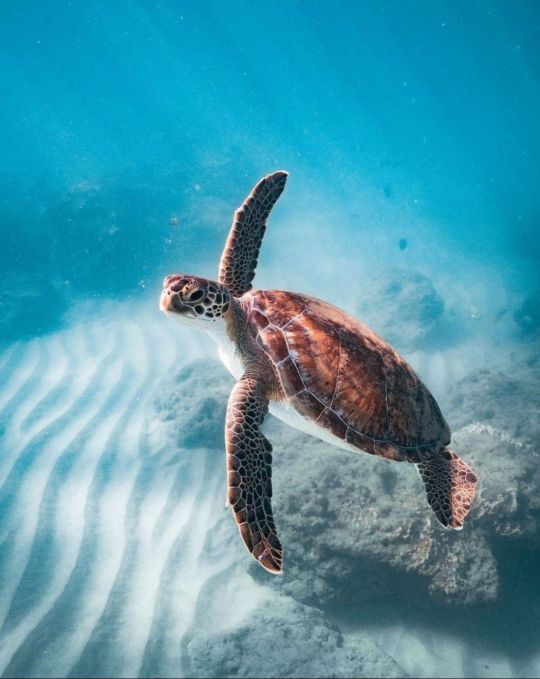

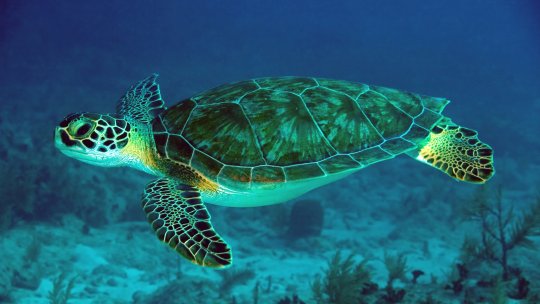
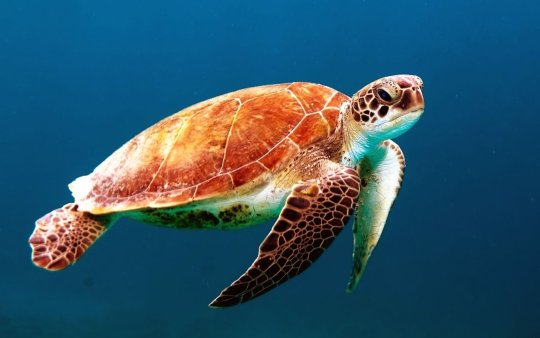
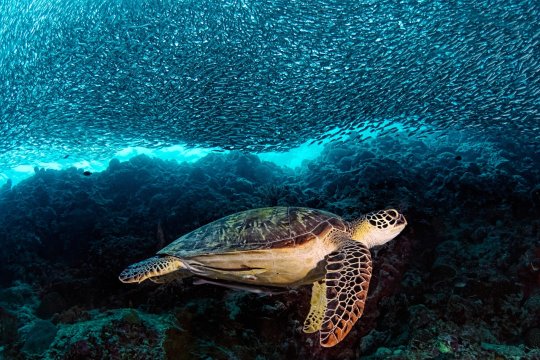
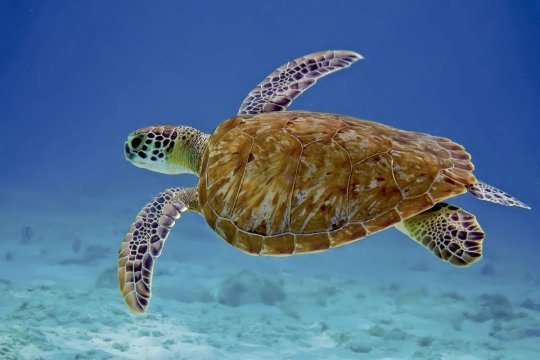
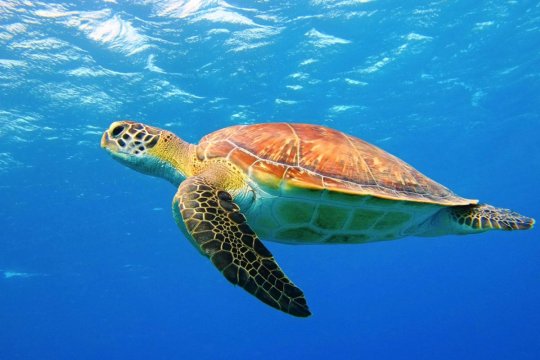
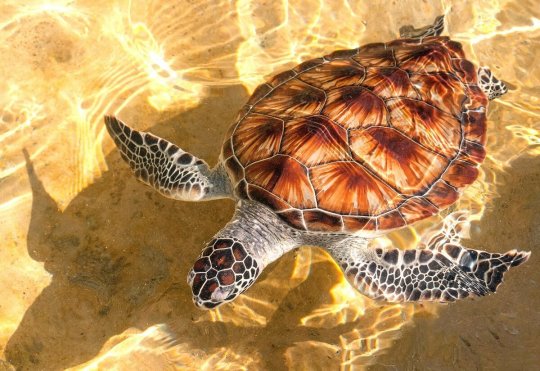
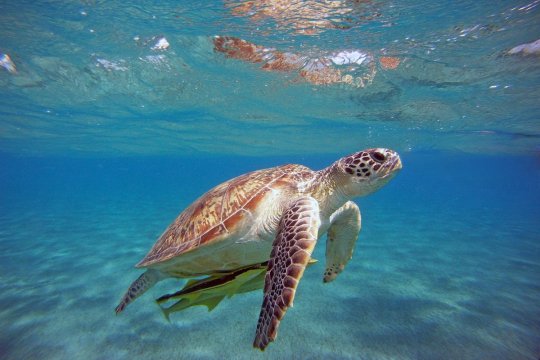




Бисса (лат. Eretmochelys imbricata) — один из редких видов морских черепах, которому грозит полное исчезновение. По внешнему виду ее можно перепутать с зеленой черепахой, от которой бисса отличается только меньшими размерами и весом: взрослая особь имеет длину тела от 60 до 90 см при массе около 45-55 кг. Панцирь биссы сверху коричневый с красивым желто-пятнистым рисунком и имеет сердцевидную форму. Ещё одна особенность внешнего вида - заострённый, похожий на клюв кончик морды.
Второе название биссы — настоящая каретта — означает, что именно эта черепаха дает самые ценные, "настоящие" роговые пластинки, из которых изготавливают различные сувениры: гребни, шкатулки и прочие мелочи. Очень жаль, что любовь человечества ко всяким безделушкам привела вид к такому плачевному состоянию. Впрочем, мясо биссы тоже ценится в некоторых странах. Разумеется, нелегально, так как настоящая карета уже давно внесена в Международную Красную Книгу и находится под охраной различных организаций. При этом гурманов вовсе не пугает тот факт, что деликатес может оказаться ядовитым из-за пищи, которую сама черепаха ела накануне.
Встретить ее можно в Атлантическом и Тихом океанах: ареал настоящей каретты простирается от умеренных вод северного полушария до умеренных вод южного. Вот только гнездится бисса исключительно в тропических широтах. Населяет преимущественно скалистое мелководье, коралловые рифы, лагуны и заливы с мангровыми берегами. Мелкие прибрежные воды, заливы и устья рек с илистым или песчаным дном — обычные места обитания биссы. Она держится чаще в тех местах, где подводной растительности мало. Настоящие каретты всеядны, но отдают предпочтение животной пище- их рацион составляют бентосные беспозвоночные, медузы, анемоны и морские губки, причем только определенных видов, а некоторые из них и вовсе ядовиты для других существ.
Еще один интересный факт этот вид черепах способен светиться в темноте.
The hawksbill turtle (Latin Eretmochelys imbricata) is one of the rare species of sea turtles that is threatened with complete extinction. In appearance, it can be confused with the green turtle, from which the hawksbill differs only in its smaller size and weight: an adult has a body length of 60 to 90 cm with a weight of about 45-55 kg. The hawksbill shell is brown on top with a beautiful yellow-spotted pattern and has a heart-shaped shape. Another feature of its appearance is the pointed, beak-like tip of the muzzle.
The second name of the hawksbill turtle is the real caretta, which means that this particular turtle produces the most valuable, "real" horn plates, from which various souvenirs are made: combs, boxes and other little things. It is a pity that humanity's love for all sorts of trinkets has led the species to such a deplorable state. However, hawksbill meat is also valued in some countries. Of course, illegally, since the real carriage turtle has long been included in the International Red Book and is protected by various organizations. At the same time, gourmets are not at all afraid of the fact that the delicacy may be poisonous due to the food that the turtle itself ate the day before.
You can meet it in the Atlantic and Pacific oceans: the range of the real carriage turtle extends from the temperate waters of the northern hemisphere to the temperate waters of the southern. But the hawksbill nests exclusively in tropical latitudes. It inhabits mainly rocky shallow waters, coral reefs, lagoons and bays with mangrove shores. Shallow coastal waters, bays and river mouths with a muddy or sandy bottom are the usual habitats of the hawksbill. It is more often found in places where there is little underwater vegetation. True carettas are omnivorous, but prefer animal food - their diet consists of benthic invertebrates, jellyfish, anemones and sea sponges, but only of certain species, and some of them are completely poisonous to other creatures.
Another interesting fact is that this species of turtles can glow in the dark.
Источник:://more.fandom.com/ru/wiki/Бисса,/ornella.club/15248-morskaja-cherepaha-bissa.html,/zoo-ekzo.ru/node/6163, //www. zoopicture.ru/bissa/,animals.pibig.info/6018-cherepaha-karetta.html, /ru.pinterest.com/pin/68737846851/.
#video#nature video#marine life#nature#ocean view#aquatic animals#sea turtle#hawksbill turtle#Real Caretta Turtle#ocean#reef#fish#sand#wonderful#nature aesthetic#видео#природнаякрасота#природа#океан#черепаха#Бисса#настоящая каретта#риф#песок#рыбы
206 notes
·
View notes
Text





Pegasidae are a family of fishes, also known as seamoths, that use modified pelvic fins to walk slowly along the ocean floor. Males & females form close long-term pair bonds, and couples can usually be seen together feeding on various small benthic invertebrates. ©
189 notes
·
View notes
Text

Illustrations and notes on two small invertebrate animals found along the Twowi coastline.
The first is a soft bodied creature from a diverse family of benthic invertebrates characterized by lack of eyes, echinoderm-like tube feet, and an ability to generate copious amounts of mucus from the dermis. Affectionately referred to as “little shrouded sister” in the local language, this creature is a rare but handsome find in the bottom of deep pools during Twin Moon tides, when the water recedes the furthest. It defends itself from predators with acrid tasting toxins in the mucus coating its “shroud”, which are released within seconds of being attacked. According to local legend, they are born of unfed larvae thrown into the sea, which survived by latching onto the backs of fish.
The second is a shelled animal whose name means “jointed worm”, though another common moniker is the “mud-rattle”. It gets this name from its peculiar shell, which links to each previous molt to form a long, articulated tail reminiscent of a rattlesnake’s. However, this armored tail carries no warning; it is simply an eye-catching distraction. As long as the vital organs in the first segment remain unharmed, this worm can live to grow another tail. They inhabit muddy sea floors across a wide swath of the world’s oceans, and range in size from just 2 cm to more than a meter. Ease of collection and tender flesh make this creature a popular seafood; boiled, steamed, or fried; it is arguably the “shrimp” of birg cuisine. The handsome shells are also commonly re-articulated for a second life as rattles and jewelry.
________
Also available as a print!
Patreon | Kofi
810 notes
·
View notes
Note
Is there anything that actively preys on phocids in the siren seas? Or at least can and will kill adults in certain circuntances? Megalodon made it's living, or at least we think they did, eating pelagic phocid sized whales after all
oh yeah absolutely they have predators, though admittedly not many of them which could tackle an adult phocid - their size was a pretty successful survival strategy which was continuously selected for, which is why pelagic populations have larger individuals than coastal (coastal ones had a strategy of just running outta the water if they felt threatened)
Their predators are a class of wildlife which were called Leviathans by the early settlers of Siren, but that's not a species or anything it's just Anything >10ft Long. Giant siphos are the quintessential leviathan in the pelagic cultural mind, these are huge armour plated invertebrates that travel long distances at high speed by using hydrofoil limbs to skim over the sea surface. There are active benthic predators as well, large scaleworms with eversible proboscises that can grab and engulf their prey from below. Sessile animals also pose a threat; some sipho life stages form huge interlinked colonies in the shape of nets that can deliver powerful toxins if you happen to blunder into them
But the wildlife of Siren actually is not yet fully adapted to eating mammal flesh. Predators find Sirenians to be hard to digest and foul-tasting still. Very few taxa actively hunt mammals by choice (although that number is growing...) It's more likely going to be an act of self-defence or mistaken prey identity, or territorial aggression in the case of the worms.
45 notes
·
View notes
Text
oh you're watching a stream? what's your favourite? mine is the one just outside of town and I like to look out for aquatic insects and watch the way the water moves around the rocks... my favourite streamers are the tadpoles and the benthic invertebrates :)
212 notes
·
View notes
Text
December 12th, 2023


Sea Mouse (Aphrodita aculeata)
Distribution: Found in marine habitats of the northern hemisphere; the North Atlantic, North Sea, Baltic Sea and the Mediterranean Sea.
Habitat: Benthic; lives from the sublittoral zone down to a maximum of 1000 metres.
Diet: Carnivorous; feeds mainly on other invertebrates such as small crabs, hermit crabs, mollusks, nemerteans and other polychaete worms.
Description: Despite its caterpillar-like appearance, the sea mouse is actually a polychaete worm! Its most obvious feature is the dense mat of hairs, or setae, that cover its body. While most are a brownish-red colour, these are intermingled with glassy hairs (especially on either side of its body), which have an iridescent quality. These hairs are usually reddish in colour, but become a bright bluish-green when the light hits them a certain way. This acts as a defence mechanism to ward off predators, acting as a form of aposematism, but also acts as camouflage, with the worms appearing brown from above (blending in with the substrate) and blue from the sides (blending in with the water).
(Images by Gert Oxby and Michel Garnier)
172 notes
·
View notes
Text
Special greek shark!!
I'm in Greece right now so for the next couple days I will only cover sharks that can be found around the Mediterranean sea!
Daily shark day 10:
Angel Shark
Squatina squatina, the angelshark or monkfish, is a species of shark in the family Squatinidae (known generally also as angel sharks), that were once widespread in the coastal waters of the northeastern Atlantic Ocean. Well-adapted for camouflaging itself on the sea floor, the angelshark has a flattened form with enlarged pectoral and pelvic fins, giving it a superficial resemblance to a ray. This species can be identified by its broad and stout body, conical barbels, thornless back (in larger individuals), and grayish or brownish dorsal coloration with a pattern of numerous small light and dark markings (that is more vivid in juveniles). It measures up to 2.4 m (7.9 ft) long. Like other members of its family, the angelshark is a nocturnal ambush predator that buries itself in sediment and waits for passing prey, mostly benthic bony fishes, but also skates and invertebrates. An aplacental viviparous species, females bear litters of seven to 25 pups every other year. The angelshark normally poses little danger to humans, though if provoked, it is quick to bite. Since the mid-20th century, intense commercial fishing across the angelshark's range has decimated its population via bycatch – it is now locally extinct or nearly so across most of its northern range, and the prospects of the remaining fragmented subpopulations are made more precarious by its slow rate of reproduction. As a result, the International Union for Conservation of Nature has assessed this species as Critically Endangered.



#ocean#shark of the day#sharks#marine biology#sea creatures#shark#daily sharks#sea animals#angel shark
277 notes
·
View notes
Text
Taxonomy Tournament: Echinoderms


Articulata. This class is made up of sea lilies, which have a stalk an attach themselves to substrate in their adult forms, and feather stars, which are free-moving. They feed using arms with feathery pinnules.
Asteroids. This class is made up of starfish, seabed invertebrates most of which predate on smaller benthic invertebrates. They are capable of regenerating lost limbs.
#animals#biology#polls#poll tournament#zoology#sea lilies#echinoderms#starfish#Articulata#Asteroids#0x5v0x7a
61 notes
·
View notes
Note
Saw some of the jellyfish you posted and wanted to ask what your favourite marine invertebrate/s are (jellyfish or otherwise)?
As a marine biology enjoyer, I like learning about cephalopods, nudibranchs and jellyfish. Plus I think they're very pretty.
But I'll stay well away from the cone snails, the blue-ringed octopus and the venomous jellyfish species. 🤣
Thank for this question!
I am more of a terrestrial biologist, but I absolutely love marine biology. More to the point, I absolutely love marine invertebrates, and it's hard to narrow down which ones are my absolute favorites. 
1.  Cephalopods are one of my favorite groups of animals, and within that I really love the cirrate octopods.



2. Sea Pigs are just really wonderful creatures, and I always include these strange little deep sea benthic holothurians in every list of favorite animals. 


3. The Sea Hares are a group of marine gastropods that I think don't get enough love. One time Paxon and I saw one next to a rock jetty on Galveston Island, and I squealed and almost fell in the water.





139 notes
·
View notes